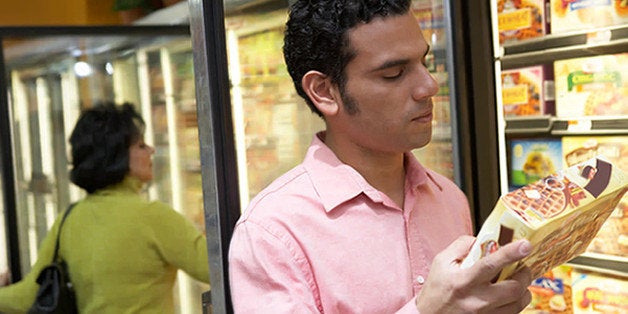
If you regularly use a smart phone, you may be familiar with QR codes. They’re those black and white squares with dots you see on some packaging, promotional materials, business cards and more. They look like evolved bar codes, and can direct users to websites, transmit contact information and more. Some members of Congress have a new vision for QR codes, and it’s a doozy: as a so-called “compromise” in the debate over GMO labels.
The Senate could vote on the so-called DARK Act, which could also be called “Monsanto’s Dream Bill,” any day now. The bill passed the House in July, and would block states from requiring mandatory labeling of GMO foods. The biotech and food industries are pressuring the Senate to follow the House’s lead and pass the bill. This is the opposite of what the public wants – recent polls show that nearly 90 percent of consumers want these foods labeled, and that QR codes are vastly inferior to clear, transparent packaging labels.
So far, the millions of Americans who want to know what is in their food have successfully prevented the Senate from moving the bill. But Senator Debbie Stabenow (D-Mich.) is seeking a compromise that supposedly balances industry demand for a 50-state solution and consumer demand for labeling. Enter QR codes.
Rather than labeling GMO foods, the idea is to give companies the option of using a barcode, a QR code or some other kind of notice on their website. This is unacceptable. Not only can QR codes be difficult to scan, many people don’t own smart phones, often for financial reasons that already limit their food choices.
The point of the GMO labeling movement is to empower consumers to be more informed about what they eat and serve their families. QR codes undermine this and imply that only those wealthy enough to afford smart phones deserve to know what's in their food. Moreover, privacy concerns will dissuade many from using these codes out of fear that companies will have access to personal information.
Ultimately, QR codes will add another layer of effort for consumers who want to better understand what is in their food. We don’t need them. What we do need are easy to read labels, applied uniformly to all products. Rather than setting up a cumbersome new technological platform, why not just add a label to food packages indicating that a product contains GMO ingredients?
Several states have already passed laws requiring clear labeling on food packaging, including Vermont, where mandatory on-package labeling would go into effect next summer. The DARK Act will stop these state laws, subverting the democratic process and the will of the people who worked to get their state legislatures to require labeling. But it’s not up to Monsanto and its allies to decide how we shop and what we eat. At least it shouldn’t be.
Doesn’t Congress have better things to do than block state laws that would give consumers the right to know what they are eating? Tell your members of Congress to oppose the DARK Act or any other attempt to block state GMO labeling laws.
This post originally appeared at foodandwaterwatch.org.
